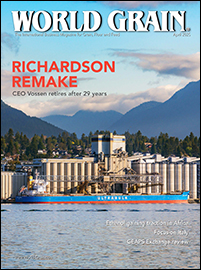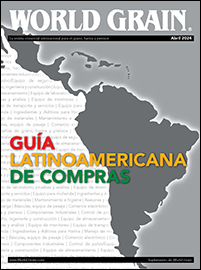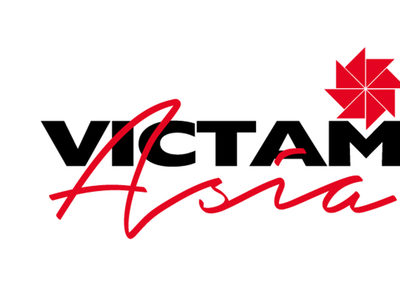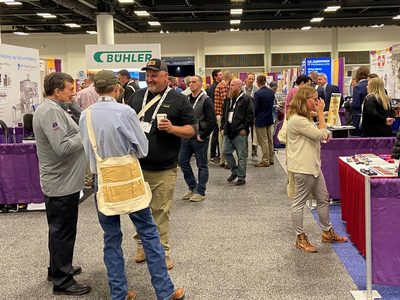Photos courtesy of KSU.
The course instructors primarily discussed the fundamentals of animal food safety and provided participants with a framework to develop and implement a plan for animal food safety.
“The best part of the course is the interaction among participants,” said Cassandra Jones, associate professor at Kansas State University. “We have people from various parts of the grain and feed industry learning the regulations alongside one another and those who will be inspecting them. This encourages valuable discussion to help facilities learn their options for compliance with the rules, and also helps inspectors understand the complexity that compliance can add to existing facility operations.”







